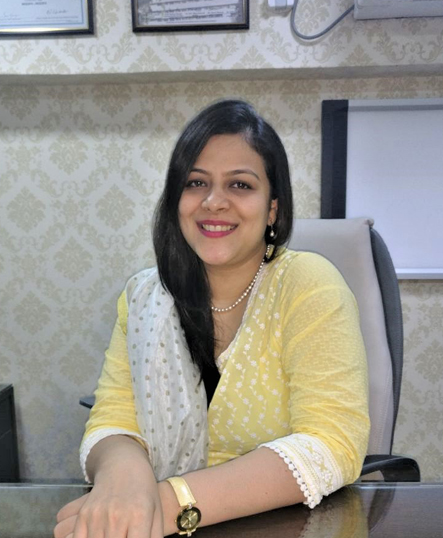
Dr. Nikita Mashru is Medical Director of Mumbai Clinic and a Consultant Ophthalmologist.
She specializes in Phacoemulsification (cataract ) & Refractive laser Surgery.
She completed her Masters in Ophthalmology in 2015. She also cleared DNB (Diplomat of
National Board)
.She has done her long term fellowship in Cataract & Refractive services
at Narayana Nethralaya,
Bangalore one of the premium institute in ophthalmology..
She has also done short term fellowship in Medical Retina & Glaucoma at Aravind
eye hospital, Coimbatore and short term fellowship in Uvea(ocular immunology) under Dr. J B .
She has an extended experience in LASIK surgeries , Dry eye management ,
Glaucoma
management chalazion removal &Botox injection.
She has presented her research papers in Ophthalmology at international symposium
Bali and Copenhagen(Denmark). Dr. Nikita has also presented many papers at All India
conference, Maharashtra ophthalmic conference and Bombay ophthalmic society.
She has published her research work in indexed journal as well.
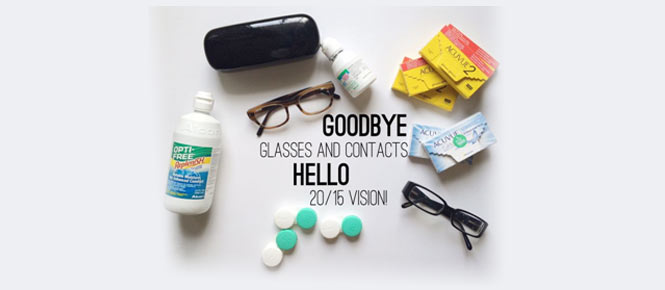
‘Laser Assisted in situ Keratomileusis’ or LASIK is the most common type of eye surgery using a laser to correct nearsightedness, farsightedness & astigmatism. In most cases it is a pain-free procedure and is completed in about 15-20 minutes for both eyes.
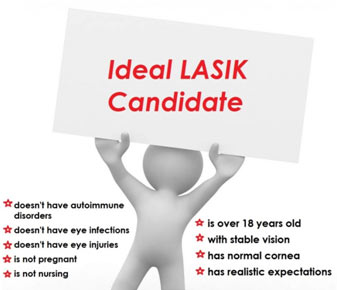
Astigmatism is blurry vision that is caused by the cornea having an asymmetric shape. The precision laser used in LASIK surgery can correct the shape, thereby restoring proper vision. Even higher amounts of astigmatism can be corrected, but it may require a follow-up LASIK enhancement procedure for complete correction & it may also affect the overall cost of surgery.
Prior to surgery, a comprehensive eye examination is carried out to ensure that you are a suitable candidate for LASIK and also the different procedures and their costs are discussed. In case LASIK is not recommended for you, then alternative procedures like PRK, refractive lens exchange or phakic IOL implantation may be discussed.
Yes. The reason for a minimum age is to try to ensure that your vision is stable & unlikely to worsen after surgery.
Usually suitable candidates are 18 years and above, who have had a stable prescription for at least a year.
Most surgeons will recommend that contact lens use should be stopped at least 2-3 weeks prior to surgery, but individual surgeon may have different preferences.
Contact lenses reduce the amount of oxygen that reaches the cornea, potentially causing swelling that can affect the accuracy of important eye measurements taken before surgery. They also cause dry eyes & affect corneal healing post-surgery.
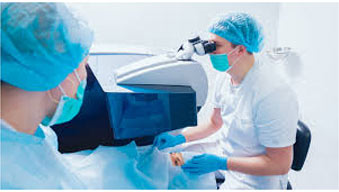
The eye drops that are put in before surgery thoroughly numb the eyes throughout the procedure, making it pain-free. Parts of the procedure may feel unusual, but it is quicker and more comfortable than many patients believe it to be. When the eye drop wear off, it is common to feel mild to moderate discomfort, slight itching & watery eyes due to increased sensitivity to light & colour for a few hours.
In most cases, the improved vision after LASIK is permanent. In rare cases, due to changes that can occur in the lens, nearsightedness, farsightedness or astigmatism may be caused.
If a regression does occur, it can be corrected by a follow up procedure called LASIK enhancement. Night vision is also improved after LASIK.
It is not advisable as hormonal changes experienced during and after pregnancy may make the outcome of the procedure less predictable & may also affect the healing of the eye.
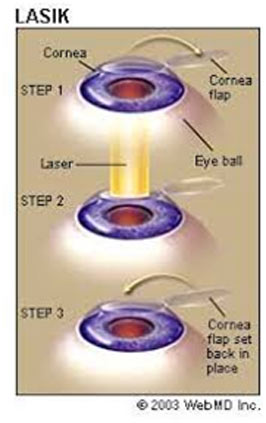
The lens of the eye is made up of water and proteins which gives it a clear appearance. When the proteins are damaged due to trauma or other factors, their structural changes cause the lens to become cloudy. Depending on the extent of the damage & placement, it can lead to decrease or loss of vision.
They develop slowly & may affect one or both eyes.
Cataracts are the cause of 50% of blindness and 33% of visual impairment globally.
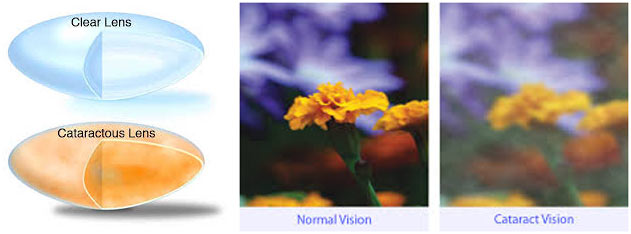

Most cataracts develop due to age-related changes in the lens, in people over 50, but sometimes can occur at younger age due to risk factors such as:
If cataract causes vision impairment that affects daily life, then surgery is the best option. Over 98% of cataract surgeries are completed without any complications & 95% patients report improved vision post-surgery.
There are generally 2 types of surgery that may be performed :
A smaller incision of 2-3mm is made & the affected area of the lens is emulsified by ultrasound energy from a hand-held probe. The emulsification is then sucked out & an artificial intraocular lens replaces the old lens in the same manner.
A laser is used to make the incision & fragment the cataract, which can then be removed & artificial intraocular lens fitted by the surgeon.
Additionally, the laser can also correct pre-existing astigmatism (poor vision not caused by cataract).
Laser assisted surgery is an automated & more precise process, and is a safer option for complex cataracts.

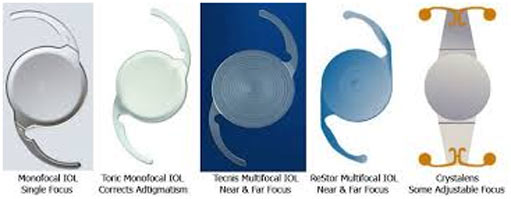
While cataract surgery is one of the safest surgical procedures to be carried out, rarely, complications may occur:
You may experience some mild symptoms post-surgery:
The lens capsule, which is left to support the artificial lens, may sometimes become cloudy years after cataract surgery, creating an After-Cataract.
It can be easily treated with a laser in a simple & painless Outpatient Procedure, using a laser beam to make a tiny hole in the lens, allowing light to penetrate.
The recovery period is short (usually 4 weeks), but it is advisable to avoid heavy lifting & strenuous activities for about 4 weeks post-surgery.
Just because you have a cataract does not mean that you have to have it removed. Cataract surgery only becomes necessary if you are not happy with your vision and want to see better and are not able to achieve adequate improvement with a change in glasses. Talk to your doctor if you have any questions or concerns about your vision.
Thanks to numbing drops and medications to help you relax, this procedure involves minimal discomfort.
Since this procedure does not take very long, it is unnecessary to put you completely asleep with general anesthesia. Instead, your surgeon will use a local/topical anesthetic to numb your eye and you will remain awake during the surgery.
Typically, doctors will perform surgery in the second eye one to four weeks after the first eye. All patients are different, so talk to your doctor about what is right for you.
Patients commonly spend only a few hours at the hospital or surgery center, and are allowed to go home the very same day.
Every patient and every eye is different, but patients commonly see well shortly after surgery. Ask your doctor how quickly he or she expects you to recover.
Most patients can resume normal basic activities like reading and watching TV by the next day, and return to work within one to seven days. However, results vary for different patients, so you should ask your doctor what is best for you.
Your ability to drive at night should be much enhanced once your cataract is removed. Patients with a Multifocal IOL may notice a ring of light around headlights and other point-light sources. These are typically mild, rarely bothersome, and tend to diminish with time.
It depends on what type of intraocular lens you elect to have implanted. Most patients do not need glasses or contacts for distance tasks following cataract surgery with a standard distance vision lens, but still rely on glasses for reading, sewing, computer work and other close up activities.
No, once a cataract has been removed it cannot return. However, over time, patients may complain that their vision has once again become cloudy. This sometimes-common condition, which may occur with any type of lens, is caused by scar tissue behind the implant and can be easily treated by a painless laser procedure performed in the office.
Consult your doctor immediately if you have any problems, especially if you experience decreased vision or pain.
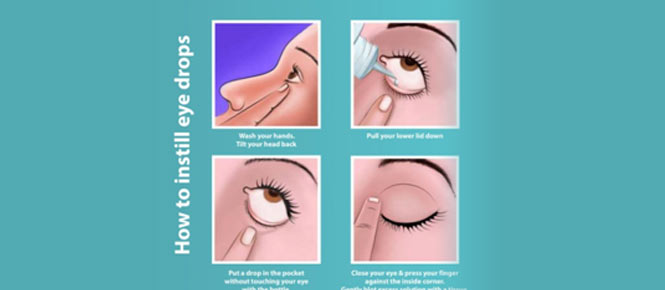
One of the most common causes for irreversible visual loss is glaucoma. Glaucoma is damage to the nerve fiber layer of the retina that is typically caused by an elevation in the intraocular pressure. It can go undetected until extreme visual loss has taken place. That's why it is crucial for an individual to undergo an annual eye examination, especially if there is a risk factor for such a blinding disease.
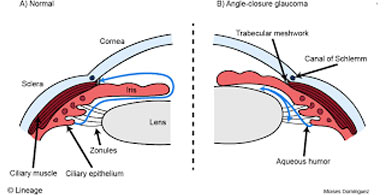

An instrument which evaluates what you can see with your “fields” of from the periphery of your eye while keeping the eye fixated in the middle. It evaluates the extent of loss. In gluacoma the fileds progressively decrease till only a central island is left, which if untreted, extinguishes leading to blindness. The Humphrey Analyzer is the Gold standard all over the world. Fields are normally done twice a year.
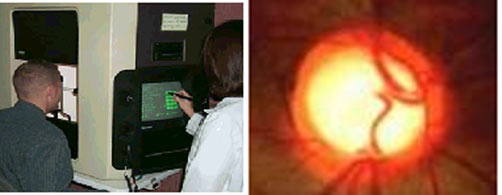
Non Contact Pneumotonometer: Acts as an analyzing tool and excellent as a survey instrument. Reasonably accurate when kept properly gradted.
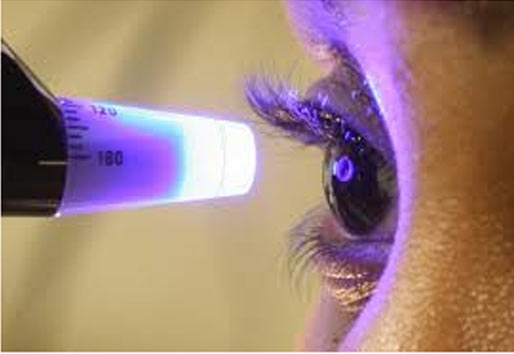
This is an example of normal vision. This is also an example of how someone sees during the beginning stages of open-angle glaucoma. Because there are no symptoms initially, regular eye examinations are very important.




The damage caused by glaucoma can't be reversed. But treatment and regular checkups can help slow or prevent vision loss, especially if you catch the disease in its early stages.
Glaucoma is treated by lowering your eye pressure (intraocular pressure). Depending on your situation, your options may include prescription eyedrops, oral medications, laser treatment, surgery or a combination of any of these.
Glaucoma treatment often starts with prescription eyedrops. These can help decrease eye pressure by improving how fluid drains from your eye or by decreasing the amount of fluid your eye makes.
Other treatment options include laser therapy and various surgical procedures. The following techniques are intended to improve the drainage of fluid within the eye, thereby lowering pressure:
Dr Nikita Mashru
MS, DNB, Ophthalmology
F.R.P.S., Narayana Nethralaya, Bangalore
Fellowship Uvea, SankaraNethralaya
Fellowship Medical Retina, Arvind Eye Hospital, Coimbatore
Observer at Moorfields Eye Hospital, London
- Phone: +91 8080 713 636
- Email: nikita170988@yahoo.com